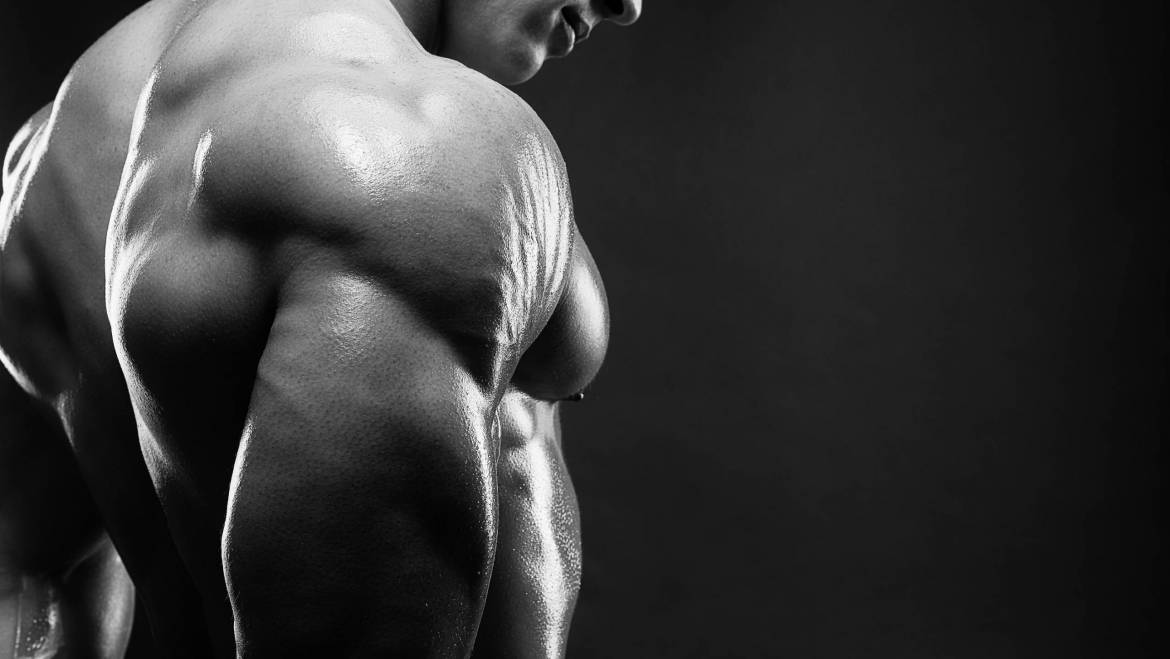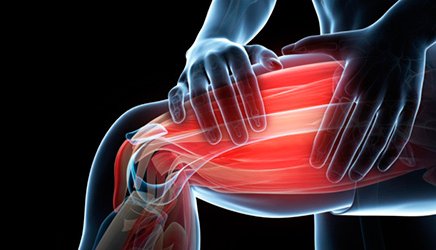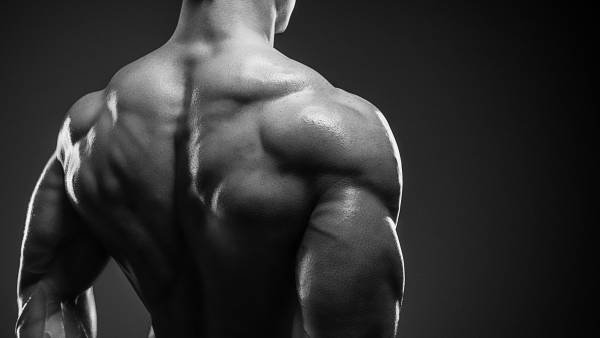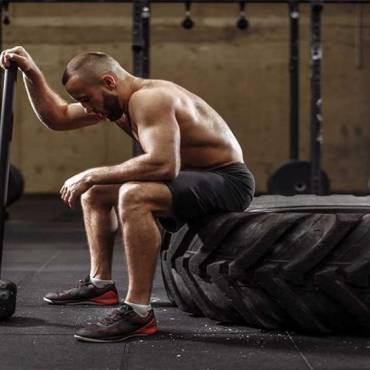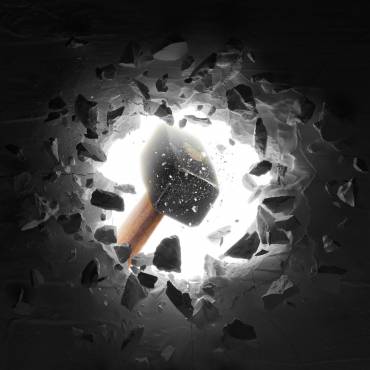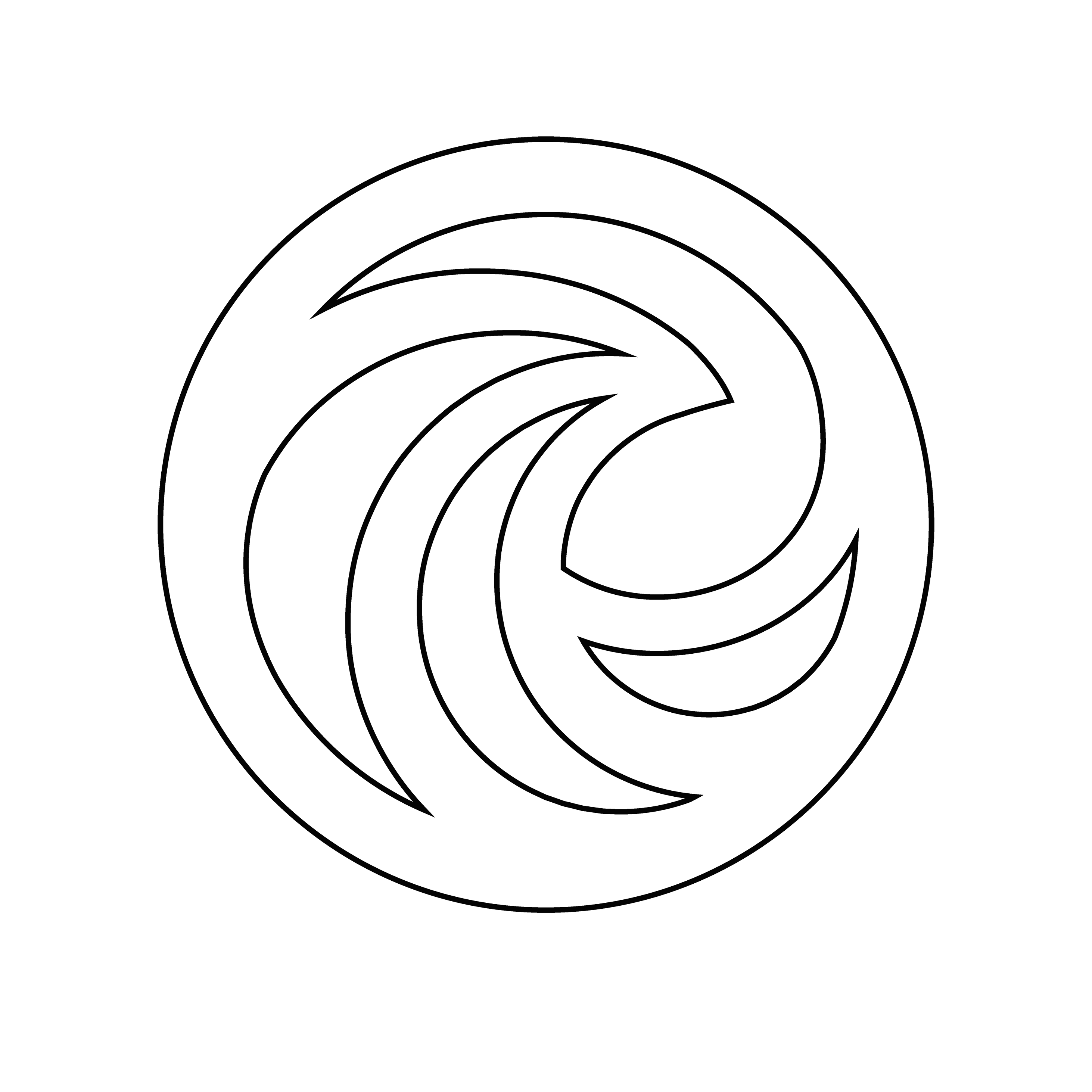Muscle Soreness is not Required for a Good Workout
Stop Chasing Soreness
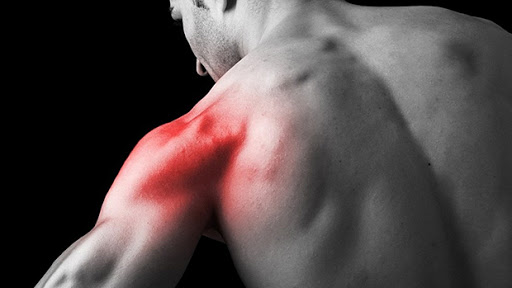
Intro
A common misconception among new lifters is that post-exercise muscle soreness (more commonly referred to as DOMS) is the ultimate indicator of a good workout. This couldn’t be further from the truth.
Soreness can be one indicator of a good workout (within reason). However, the reality is that as a person becomes more experienced with a certain type of training, the severity of DOMS lessens or even disappears entirely…until new, novel stimuli are introduced. The presence, or lack thereof, of this soreness does not appear to correlate with proper growth.
We all relish the wobbly knee’d satisfaction that comes from a hard leg day, but “chasing the pain” may end up stalling overall progress towards your fitness and physique goals. Not only is DOMS not directly associated with muscle growth, there is ample evidence to suggest that, in many cases, less DOMS may be associated with more growth. “No pain, no gain” might sound edgy, but it appears to be full of shit in this instance. DOMS’ applicability in assessing workout quality is therefore inherently limited and should not be used as a definitive gauge of results.
What is Delayed Onset Muscle Soreness (DOMS)?
DOMS is not to be confused with the acute soreness and muscular failure experienced during a workout. This is likely attributed to the rapid accumulation of H+ ions and metabolites such as inorganic phosphate, respectively.1,33 Reactive oxygen species, on the other hand, are potential contributors in the larger scheme that leads to DOMS.22
Delayed onset muscle soreness is a deep-in-the-muscle pain that comes on gradually, anywhere from ~8 hours to 2-3 days after intense physical exertion. DOMS is likely primarily caused by Type I muscle strain with an amount of exercise-induced fiber damage/remodeling (micro-trauma), not lactic acid build-up which tends to diminish by 30 minutes post-exercise. Inflammation, similarly, may not necessarily be a major contributor to DOMS as the magnitude of the inflammatory response has been shown in some research to be negatively associated with DOMS (although positively associated with fatigue).2,20
Individual genetic variation, training status, type of exercise involved, duration, frequency, intensity, and hydration status all seem to play a role in the experience of DOMS. Gender, on the other hand, does not appear to be significant.23
DOMS can affect athletic performance by causing a reduction in joint range of motion, shock attenuation, peak torque, motor patterns, and muscle activation.13,24 Severe DOMS can decrease force-generating capacity by up to 50%.25 Alterations in muscle sequencing and recruitment patterns may also cause unaccustomed stress to be placed on muscle ligaments and tendons.13 This means it is critical to understand and manage the variables that can induce DOMS when evaluating your training program.
Luckily, your body begins to adapt to new physical stressors almost immediately. A single bout of unaccustomed exercise confers protective effects against muscle damage from a subsequent bout of similar activity. This phenomenon is known as the repeated bout effect.28,29,31 Over time, as you get used to specific exercise patterns, DOMS tends to dissipate drastically even as your progress AMPS up!
Why is DOMS not a good indicator of success?
DOMS is more an indication of your body’s response to a novel stimuli rather than a marker of progress3:
- There seems to be a genetic component that causes certain individuals to experience magnified and persistent soreness.
- Some muscles appear to be more prone to DOMS than others (think legs). Muscles that do not experience significant DOMS, such as the deltoids, appear to grow just fine regardless.
- Training status plays a large part in the degree of soreness experienced, with well-trained athletes having milder DOMS than untrained individuals. The most muscular and athletic people suffer the least DOMS, go figure.
- DOMS is generally worst at the beginning of a training cycle, but muscular adaptations tend to be most significant towards the end of a training cycle.
- Excessive soreness can impede your ability to train optimally and decrease motivation to train.
- Exercise stimuli can affect DOMS dramatically (frequency, volume, intensity, recovery, choice of exercise, type of contraction, etc.).
- Low frequency, either because a person isn’t training frequently (e.g. training once per week) or because new exercises are being introduced regularly in place of distinct progressive overload protocols, may cause DOMS because the body isn’t being given enough time to adapt to the stimulus (repeated bout effect). Those that train more often (2-3x per muscle group per week) usually report less DOMS, yet have better results.
- Increasing volume or intensity beyond what your body is used to may lead to an increase in severity of DOMS.
- Not allowing enough time for your body to recover from one training session to the next may lead to DOMS.
- Emphasizing the eccentric phase (the lowering or lengthening portion of a movement), especially at a duration, volume, or intensity beyond what your body is used to may increase severity of DOMS.3,32
- There are activities that produce severe DOMS yet do not lead to muscular growth at all, such as ultra endurance exercise.
High levels of soreness should be regarded as detrimental because it is a sign that you have exceeded the capacity for your muscle to efficiently repair itself. Therefore, excessive, prolonged soreness is more often an indicator that training variables such as frequency, recovery, volume, intensity, etc. are not optimized rather than a sign of a good workout.
How do I handle DOMS?
Time, training experience, and getting used to lifting some heavy ass weights are the only real lasting “treatments” for DOMS.21 Exercise is the most effective means of alleviating pain during DOMS, however the analgesic effect is temporary.13 All hope is not lost though! There are some steps you can take to prevent DOMS (to an extent) and make the experience more manageable.
Prevention Strategies:
- Hydrate!9
- Pre-workout dynamic stretching. Note: static stretching before or after exercise is not significantly effective in reducing DOMS.19
- Engage in a low-intensity cooldown.10
- Incrementally increase workout difficulty rather than diving in too quickly.13
Temporary Management Strategies:
- Keep moving to ease sore, stiff muscles.12,14,27
- Massage.8,18,26,30
- Topical analgesics. Icy-hot anyone?7
- Cryotherapy (although these results are equivocal and may come at the cost of muscle adaptation).5,13,15-17
- Warm baths.6
- Athletes who must train on a daily basis should be encouraged to reduce the intensity and duration of exercise for 1-2 days following intense DOMS-inducing exercise.13
- Eccentric exercises or novel activities should be introduced progressively over a period of 1 or 2 weeks in order to reduce the level of physical impairment and/or training disruption.13
Interestingly enough, there is some research suggesting that NSAIDs such as ibuprofen are not effective in treating the condition, but may be worthwhile as a preventative.4,11,12 I do not, however, recommend NSAID use without the approval of your doctor.
What are the true signs of success?
Depending on your goals, ask yourself: are you progressing in volume, load, overall work, are speed and power increasing (if these are a focus), are time trials improving, are your clothes fitting better, are you feeling better and more energetic?
Assuming you feel good both physically and mentally, performance metrics are a perfect area of focus. Following these, over time, is a much more reliable indicator of progress than whether you can physically cripple yourself or drown in your own sweat.
Citations
- DOI: 10.1152/physiologyonline.2002.17.1.17
- DOI: 10.1249/MSS.0b013e3181ac7adb
- doi: 10.1519/SSC.0b013e3182a61820
- DOI:https://doi.org/10.1053/apmr.2000.6277
- doi: 10.1007/s40279-015-0431-7
- DOI: 10.1097/JSM.0000000000000375
- DOI: 10.1249/MSS.0000000000002055
- https://doi.org/10.3389/fphys.2017.00747
- PMID: 16404450
- doi: 10.2478/v10078-012-0079-4
- doi: 10.1519/1533-4287(2003)017<0053:teoiod>2.0.co;2.
- DOI: 10.1080/02640410400021989
- DOI: 10.2165/00007256-200333020-00005
- DOI: 10.1139/h05-010
- doi: 10.1136/bjsm.2006.033985
- DOI: 10.1055/s-2007-972686
- PMID: 15496998
- PMID: 16284637
- doi: 10.1002/14651858.CD004577.pub3
- DOI: 10.1007/s12576-015-0397-0
- DOI: 10.1519/1533-4287(2003)017<0197:tapodo>2.0.co;2
- DOI: 10.1007/s00421-003-1012-2
- DOI: 10.1519/JSC.0b013e318212dea4
- DOI: 10.1016/j.pain.2012.02.001
- PMID: 22876722
- doi: 10.1111/j.1469-7793.2001.00333.x
- doi: 10.3389/fphys.2018.00403
- DOI: 10.1519/JSC.0000000000000856
- PMID: 1569847
- https://doi.org/10.3389/fphys.2018.00403
- https://doi.org/10.3389/fphys.2015.00424
- doi: 10.5152/balkanmedj.2013.007
- https://doi.org/10.1152/physiologyonline.2002.17.1.17

